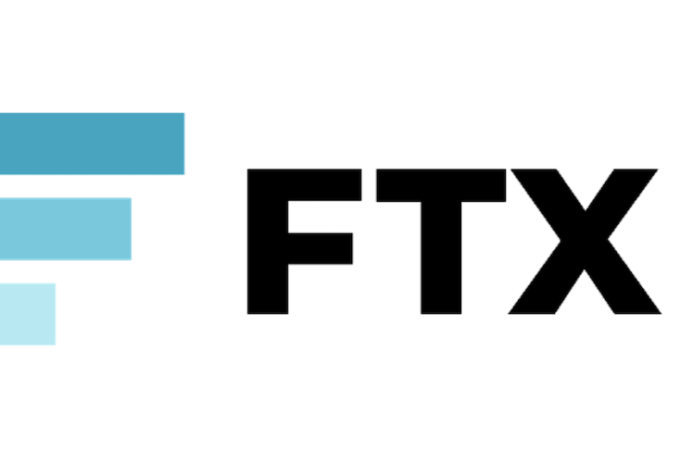
Pay Only What You Use: Trov On Demand Insurance Shaking Up $1.2tr Industry
By Freddie Dawson for Forbes
No one wants to pay for something while they’re not using it. Yet that is exactly what happens with out-of-the-house contents cover. You pay a premium to insure a device but then that device might sit at home covered by home insurance whenever it’s not in transit or use – wasting money through redundancy.
A new startup is looking to change that by offering insurance only when someone needs it. The company, Trov, collects data on items consumers own, storing that data in a private online cloud-based collection unsurprisingly called a trove.
Users can then use a smartphone app to swipe right and turn on pay-as-you-go insurance on an item when it is on the go or no covered by other insurance. Kind of like a digital mashup combining Tinder’s ease of use with Netflix or Amazon Prime’s on-demand abilities.
The entire engagement is app-based and requires no human interaction, says Scott Walchek, chief executive officer (CEO) and founder of Trov. Users can register products, insure them, pay for that insurance and file claims from their smartphones without ever having to deal with an insurance agent.
“Trov is an application that sits on top of platform which seamlessly collect information on what someone owns,” he explains. “It’s a cloud hosted piece of infrastructure supporting pricing, policy management, claims and calculation of risk to the second, all built up as an end-to-end solution to provide this unique service to consumers.”
In return insurance partners – Suncorp in Australia and Axa in the UK – get a new way to utilise balance sheets without spending money or burdening in-company IT stacks already under stress from attempting to become more nimble and responsive in a changing online marketplace.
And of course Trov keeps a portion of the premiums customers pay as its cut for generating the new business.
“The whole industry is facing a bit of an existential crisis,” he says. “There’s a new cohort emerging that has very little association with insurance providers and no brand loyalty. These new consumers imbibe everything from a smartphone and move so rapidly that insurers are facing a difficult time speaking with them in their language on their platform of choice.”
And it’s not just the insurance industry facing this issue, which could lead to new revenue streams for Trov in the future. For example, the company could anonymously utilise the data it has collected to provide better advertising opportunities. Companies would be given a more targeted audience resulting in a higher return on dollar spent while consumers would get customised marketing based on the possessions they are most interested in and thus registered on the Trov platform.
Further revenue streams could be developed through tapping into the sharing economy – for example allowing camera owners to rent out their equipment when not in use thereby utilising spare capacity in a similar way to Ridelink for a car or Airbnb for floor space.
But for now Trov is content to focus on insurance. It plans to expand the categories it insures from personal electronics and photography equipment. New potential items could include sporting goods and jewelry next, Walchek says.
It also plans to expand geographically in the new year with a U.S. launch planned in 2017 followed by further European and Asian launches after that.
The company currently operates in the UK and Australia – with insurance policy coverage valid worldwide – meaning that a camera taken on holiday anywhere in the world would be covered if insurance was turned on.
The dual country presence will help it develop its current offering through a classic A vs. B test. Currently Australia’s Suncorp only offers monetary reimbursement for insured items while Axa looks to replace or repair – with cash as only a last resort option.
Trov can compare the various implications of these two models to see which would be better to pursue in other markets, Walchek says. This includes what works better for the customer as well as what works better for the business. For example, cash payouts present a moral hazard that could lead to fraud in a way that replacement payouts do not, he adds.
And fraud is a worry for an on-demand insurance provider. The company has a number of protection techniques in place and is experimenting with more options.
Walchek declined to discuss all options but did say that one method of fraud prevention was to flag any claims made within a certain amount of time of a new product being registered. These items would then require extra information for any claim to be processed. Similarly the company could access cloud databases to identify and flag customers with previous fraudulent behaviour.
Overall though the plan is to create the best interaction possible, he says. And as part of that Trov will employ some machine learning behaviours. For example it might suggest to a contractor with insured tools to turn on insurance at a job site in line with previous behaviour.
Equally a company could, in the future, allow Trov to automate insurance through the supply chain. This could involve turning protection on and off and increasing or decreasing premiums in line with risk as items move from factory to truck to ship to train as each has its own unique risk profile.
For now though the 72 person company (with a design and engineering team numbering over 50) will continue to improve its current offering and finesse its business model.
First appeared at Forbes





